The "Belt and Road" International Summit Forum has just ended. The "Belt and Road" construction is rooted in the soil of the Silk Road, and is open to all friends to start a new blueprint for construction. Coral and the "Belt and Road" also have an indissoluble bond. It must be a long story.
Coral, English name coral, comes from ancient Greek, meaning "gorgon" in ancient Greek mythology. Legend has it that a certain hero in ancient Greece killed Medusa, one of the three Gorgons, and hung her head on a tree by the sea. Her blood donation into the Mediterranean Sea became red coral.
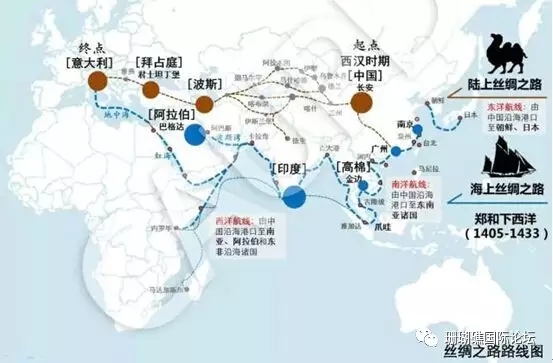
In the ancient world, coral, as a stunning luxury, was favored by merchants and rulers of various countries. It is generally believed that coral was first discovered by Italians during the heyday of the Roman Empire (27-1453 BC). The corals spread to Europe, Africa, West Asia, Central Asia, South Asia, Southeast Asia, East Asia and other vast areas, as well as the Arabian Sea, Indian Ocean, Pacific Ocean and other vast waters .
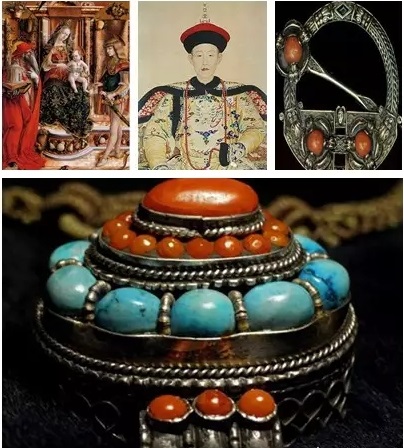
In the Middle Ages, European nobles already wore coral as ornaments, or placed coral branches in their homes as a status symbol. Chinese emperors and rich people also collected corals for use.
珊瑚与陆上丝绸之路
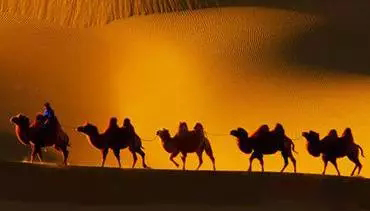
In the Western Han Dynasty, Emperor Wu of the Han Dynasty sent Zhang Qian as an envoy to the Western Regions to open up a land passage starting from the capital Chang'an, passing through Gansu and Xinjiang, to Central Asia and West Asia, and connecting the Mediterranean countries. Its original function was to transport silk produced in ancient China. Chinese merchants exchanged silk for treasures such as amber and coral in the West, and coral was able to flow into the Central Plains.
珊瑚与海上丝绸之路
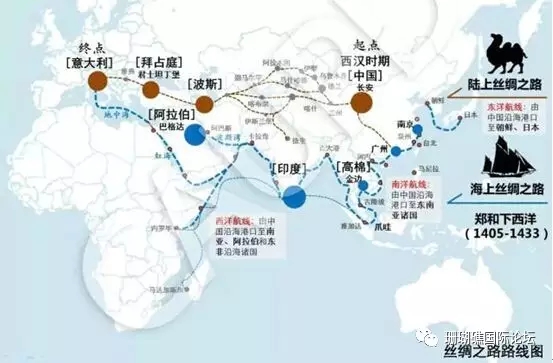
The "Maritime Silk Road" is a maritime channel for the transportation, trade and cultural exchanges between ancient China and foreign countries. The road is mainly centered on the South China Sea, so it is also called the South China Sea Silk Road.
During the period of Emperor Gaozu of the Han Dynasty, the Nanyue Kingdom, which is located in what is now Guangdong, already had corals;
·During the period of Emperor Wu of the Han Dynasty, the Chinese fleet set out from Guangzhou and sailed to the Southeast Asian countries for trade;
·Roman merchants in the middle of the 1st century AD discovered a route to Jiaozhi that reached the territory of China at that time. History records that the Roman merchants brought numerous foreign objects, including red coral.
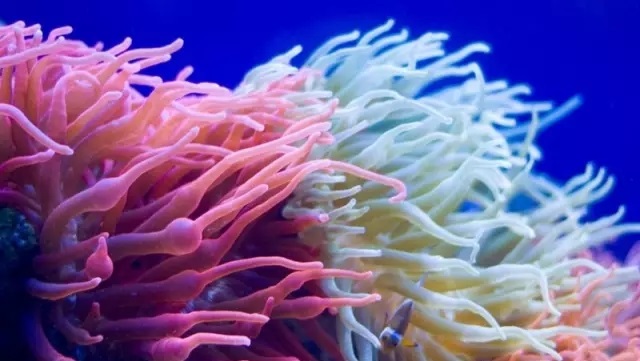
Coral was widely spread because of the Silk Road, and its beauty has been praised by the world for thousands of years.
To the beautiful coral!
"Song of Coral" - Wei Yingwu
The jasmine tree has no flowers and leaves, neither stone nor Qiong.
Where does the world get, Penglai stone is born.